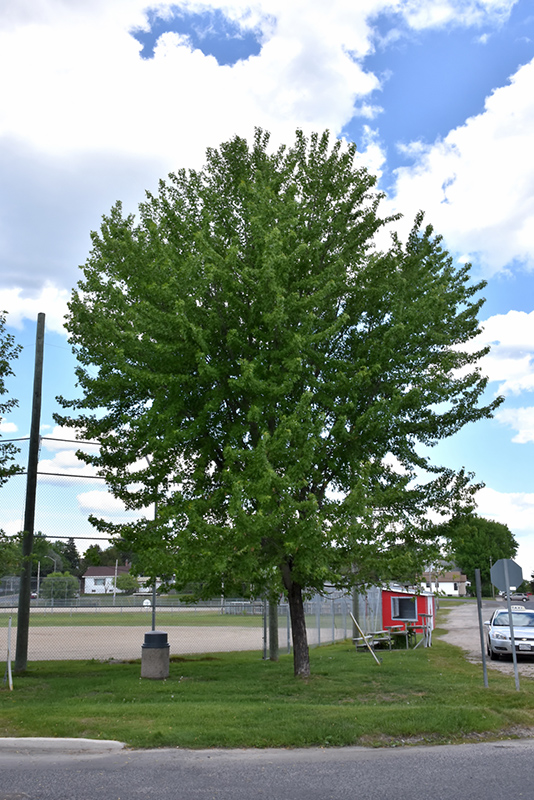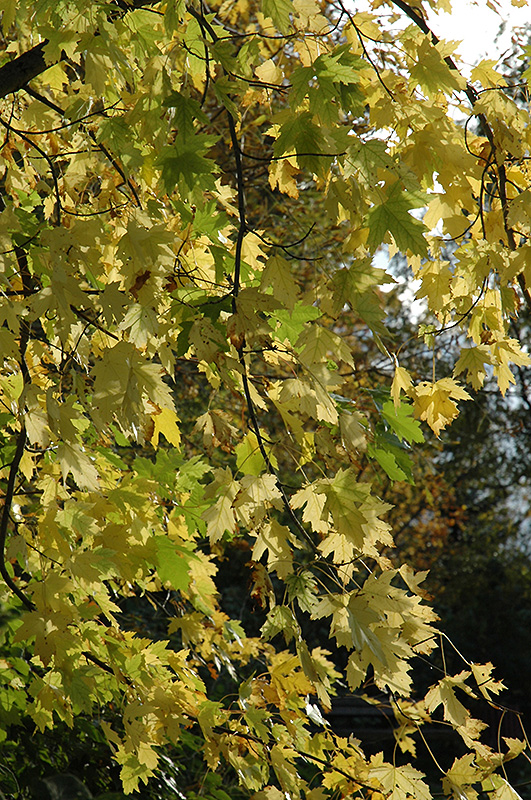Height: 70 feet
Spread: 50 feet
Sunlight:
![]()
Hardiness Zone: 2
Other Names: Soft Maple, White Maple
Description:
A most versatile and popular shade tree because it is so fast growing, eventually becoming very large, suitable only for larger home landscapes; interestingly shaped leaves whose silver undersides shimmer in the wind, a good choice for tough sites
Ornamental Features
Silver Maple has attractive green foliage with silver undersides on a tree with a round habit of growth. The lobed leaves are highly ornamental and turn buttery yellow in fall. It features showy clusters of red flowers along the branches in early spring before the leaves. The furrowed silver bark and brick red branches add an interesting dimension to the landscape.
Landscape Attributes
Silver Maple is a deciduous tree with a more or less rounded form. Its average texture blends into the landscape, but can be balanced by one or two finer or coarser trees or shrubs for an effective composition.
This tree will require occasional maintenance and upkeep, and should only be pruned in summer after the leaves have fully developed, as it may 'bleed' sap if pruned in late winter or early spring. It has no significant negative characteristics.
Silver Maple is recommended for the following landscape applications;
- Shade
Planting & Growing
Silver Maple will grow to be about 70 feet tall at maturity, with a spread of 50 feet. It has a high canopy of foliage that sits well above the ground, and should not be planted underneath power lines. As it matures, the lower branches of this tree can be strategically removed to create a high enough canopy to support unobstructed human traffic underneath. It grows at a fast rate, and under ideal conditions can be expected to live for 80 years or more.
This tree should only be grown in full sunlight. It is an amazingly adaptable plant, tolerating both dry conditions and even some standing water. It may require supplemental watering during periods of drought or extended heat. It is not particular as to soil type or pH. It is highly tolerant of urban pollution and will even thrive in inner city environments. This species is native to parts of North America.


